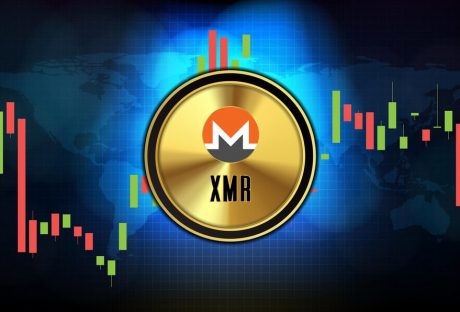It can be difficult to find your dream home, even when the downturn in house prices is the largest on record. If you’re considering finance for your home build then you need to understand how construction loans work. The simple reason is that houses are still incredibly expensive, and, even if you have the funds to buy, you’re getting someone else’s idea of a dream home. It doesn’t matter how much you spend, you’re going to need to modify it to suit your own tastes.
That’s why so many people are building their own homes. It’s actually cheaper than buying and you get to design the layout yourself.
Of course, you still need enough funds to complete the build, that’s where a corporate finance specialist comes in handy!
The Lending Criteria for construction loans:
The first thing to understand is that the loan company does not have a physical asset to secure the loan against. This makes this type of lending riskier.
As such, the criteria tend to be tighter, you’ll need a good credit history, and the percentage they will lend you is going to be less than with a pre-built home.
It’s likely that they will expect you to put 20-30% of the funds upfront yourself. This shows your commitment and reduces your risk.
The Lending Stages:
Once you’ve agreed on the number of funds that you’ll need the loan company will not just give them o you. Instead, there are released in three distinct phases:
1. Foundation:
The first step is to purchase the land, clear it and build the foundations. Along the way, you’ll need to get planning permission and the designs approved.
This is the stage where little appears to happen but it creates the base for everything else.
Once the finance company is happy this is completed they’ll release the second installment:
2. Construction:
The main construction phase involves getting the walls and roof up. In short, your building project will start to look like a home. This will be a frame.
You’ll need to verify with the lending company exactly what is included in this stage, they may want to see doors, windows, and internal wall ups.
3. Finishing:
Finally, the third stage of funds will be released and this will cover the most labor-intensive stage, where the electrics are fitted, plumbing completed, and the interior finishing is done.
This doesn’t mean your home is ready to move in, this will depend on the contract you’ve agreed with the builders. It’s possible you’ll still have to finish the decorating.
Construction loans can be used if you’re undertaking the building work yourself, or if you’re using a company. But, you’ll need to have each stage checked and signed off before the next lot of funds are released, it reduces the risk to the lender.
Once the house is completed the lender will expect the loan to be repaid very quickly. At this stage, you can obtain a standard mortgage for your home.
Read Also:






















